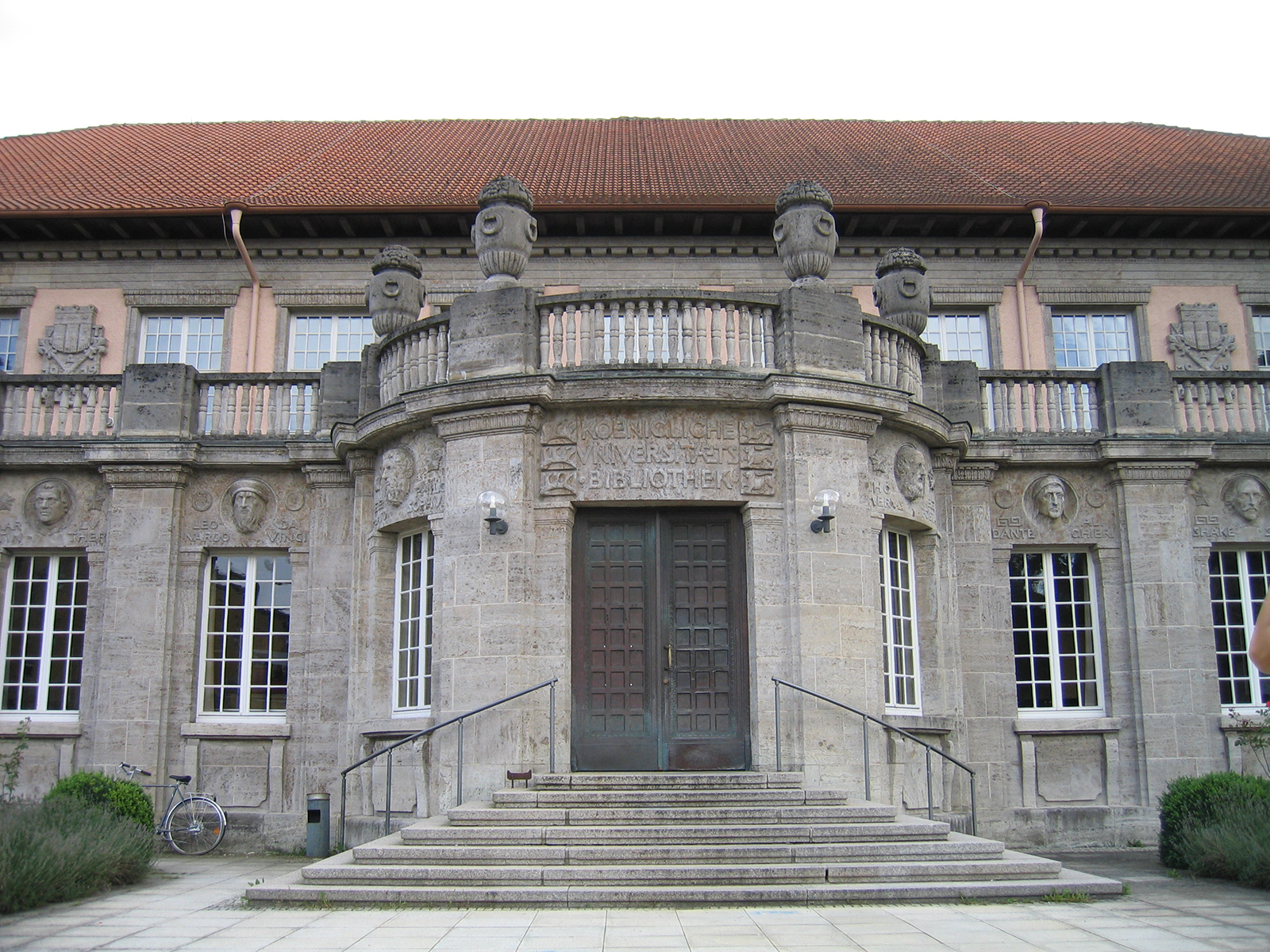University of Tübingen: New crocodile species lived in Asia 39 million years ago
Scientists from the Senckenberg Center for Human Evolution and Palaeoenvironment at the University of Tübingen have identified the fossils of a previously unknown crocodile species in Vietnam. The almost four meter long, almost completely preserved skeleton from the Na Duong site belongs to the long-snouted crocodiles related to the Sungavial. The fossil, between 35 and 39 million years old, sheds new light on the distribution of these crocodiles from their origins in North Africa and western Europe to Southeast Asia. The study was published in the Journal of Systematic Palaeontology.
Gavials have a long snout and specialize in fishing. The living representatives of this family are endangered: the Sundagavial ( Tomistoma schlegelii ) from the Malay Peninsula, Borneo, Sumatra and Java as well as the Gangesgavial ( Gavialis gangeticus ) from Nepal and India. Despite genetic studies, the exact relationships between these modern-day crocodile species have not yet been conclusively clarified.
Skull of the new crocodile species Maomingosuchus acutirostris
Based on many fossil finds of Sundagavial relatives from North Africa and Europe, scientists assume that this species of crocodile originated more than 50 million years ago in the western Tethys, a precursor of today’s Mediterranean Sea. However, so far little is known about how, why and when exactly it reached its current distribution area in South Asia. The newly described species was given the name Maomingosuchus acutirostris(acutirostris: Latin “the pointed-snout”) and is now – together with already known crocodile species from southern China and Thailand – the oldest representative of the Sundagavial relatives from Asia. “The results indicated that the spread of these species to Asia was not a one-off, but rather a complex scenario,” says Tobias Massonne from the Senckenberg Center for Human Evolution and Palaeoenvironment at the University of Tübingen. “The data suggest that relatives of the Sundagavial colonized Southeast Asia three times independently: The first colonization by the Maomingosuchus lineage from North Africa and western Europe to East Asia occurred during the Eocene Age, over 39 million years ago.”
As early as 2019, the research team described a new type of alligator relative ( Orientalosuchus naduongensis ) , approximately two meters long, from the same site. Both crocodiles, the short-snouted Orientalosuchus and the long- snouted Maomingosuchus, lived in the same lake then found in North Vietnam. Close relatives of both species also lived in southern China and Thailand at about the same time. “Despite the proximity of the three locations where Maomingosuchus and relatives of Orientalosuchus have been found, it is striking that they are distinct species and no species occurs in all three regions. We see this as evidence of the high diversity of crocodiles in Asia at this time,” adds Professor Madelaine Böhme, who headed the excavation campaign in Vietnam from 2009 to 2012.

